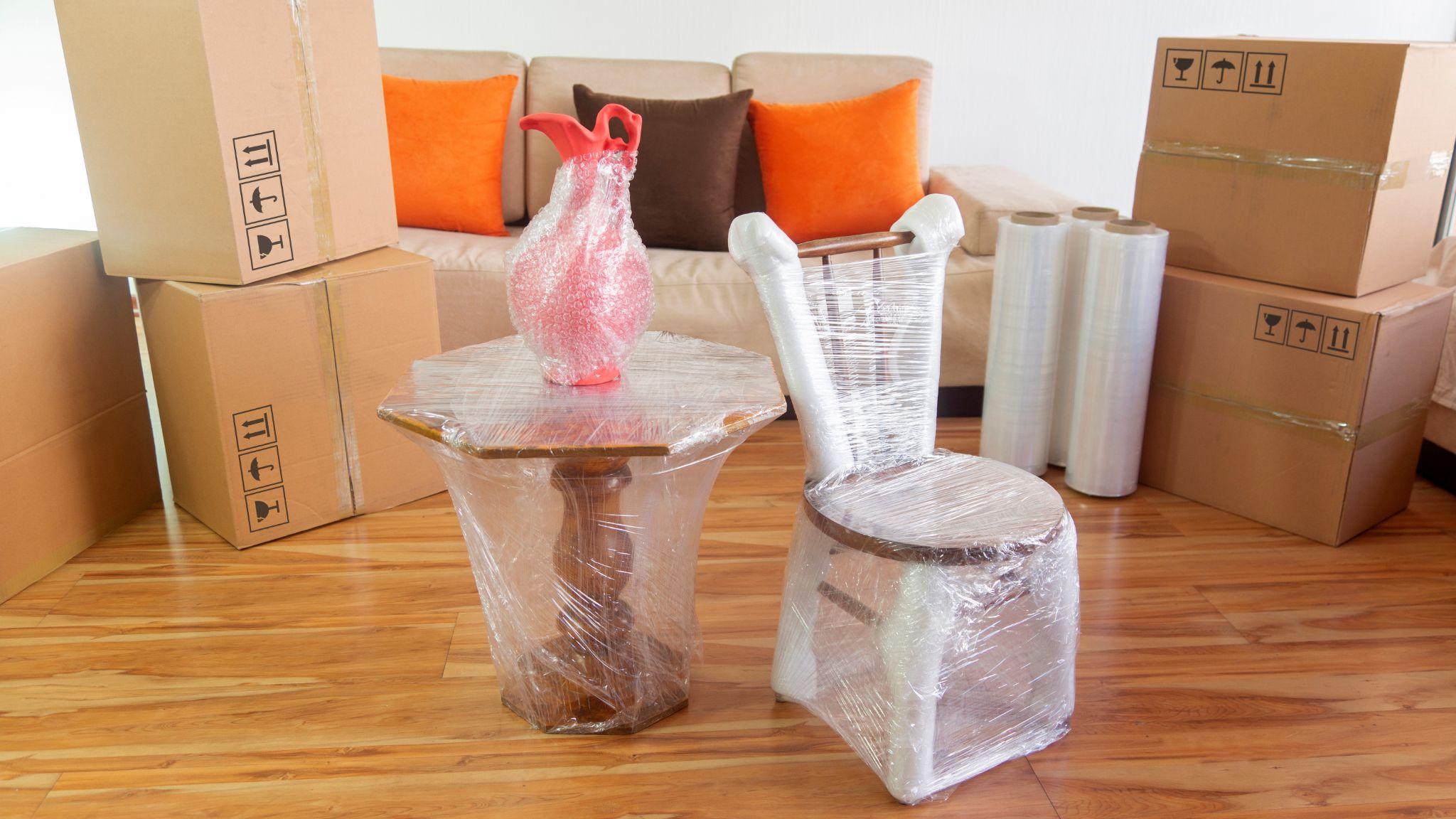Moving antique furniture is not just about relocation; it’s about preserving history and safeguarding memories. Unlike standard furnishings, antiques are imbued with historical significance and sentimental value, making their safe transport a matter of utmost importance.
The prospect of moving these pieces can be daunting, as they are often delicate, uniquely crafted, and irreplaceable.
Below, we’ll delve into the art and science of moving antique furniture, offering expert advice and practical tips to ensure that your precious heirlooms are protected throughout the moving process. Whether you’re relocating to a new home or simply repositioning pieces within your current space, our guide will equip you with the knowledge and confidence needed to handle these valuable pieces with the care they deserve.
The Nature of Antique Furniture
Often defined as pieces over 100 years old, antique furniture is not only characterized by unique craftsmanship and historical significance but also represents a tangible link to the past. However, their age and the very aspects that make them valuable also contribute to their vulnerability, especially during moving.
Over decades, wood in antique furniture can dry out, becoming brittle, while joints may loosen, and finishes can degrade, leaving them susceptible to scratches, chips, and structural damage.
The delicate nature of antique furniture makes moving pieces carefully extremely important.
Pre-Move Preparations
The key to a successful move starts with thorough preparation. Begin by creating a detailed inventory of your antiques, noting any existing damage and taking photographs for insurance purposes. Clean each piece according to its material, but avoid extensive treatments that might harm its integrity. Carefully assess each item to identify parts that are particularly fragile or require extra attention during the move.
Packing Materials and Techniques
When it comes to moving antique furniture, the choice of packing materials and the techniques used can make all the difference in ensuring the safety of these valuable items. Here are some key considerations and steps to follow:
Select High-Quality Packing Materials
- Bubble Wrap: Use high-grade bubble wrap for an added layer of protection, especially around corners and edges.
- Soft Padding: Utilize soft materials like furniture padding, moving blankets, or foam cushioning to provide cushioning.
- Sturdy Boxes: Opt for strong, durable boxes that can support the weight of the item without collapsing.
Individual Wrapping and Cushioning

- Wrap Each Item Individually: Carefully wrap each piece of furniture in its own protective layer to prevent scratches and damage.
- Extra Cushioning for Delicate Areas: Pay special attention to delicate areas such as glass components, ornate carvings, or fragile edges. Add extra cushioning to these areas for added safety.
Considerations for Different Materials
- Wood: Allow breathing space to prevent moisture buildup which can cause warping or mold. Avoid wrapping too tightly to allow for natural expansion and contraction.
- Glass: Secure with painter’s tape in a crisscross pattern to prevent shattering. Use bubble wrap and rigid cardboard to protect glass surfaces.
- Metal: Protect from scratches with soft cloth or bubble wrap. Apply a thin layer of oil to prevent rusting if storing for a long period.
Transporting Antique Furniture
Choosing the right vehicle is essential. It should be spacious enough to accommodate your items without crowding and equipped with climate control to protect against temperature and humidity fluctuations.
When loading, ensure each piece is securely placed and unable to shift during transit. If necessary, use custom crating for extremely valuable or fragile items.
Unpacking and Post-Move Care
Once at your destination, unpack each item with the same care as you did when packing. Remove wrapping materials gently to avoid any sudden movements that could cause damage.
Place each piece in its new location with thought to environmental factors like sunlight and humidity. Finally, inspect each item for any potential damage incurred during the move and address immediately.
Trust Samba Moving with Your Antique Items
The safe transportation of antique furniture requires a blend of strength, finesse, and specialized knowledge.
At Samba Moving, we don’t just move your items; we safeguard your history. Our team is expertly trained in the art of antique moving, ensuring each piece is meticulously wrapped, corners reinforced for added protection, and appropriate cushioning applied for maximum safety.
We understand the streets and the rhythm of New York City, ensuring that every item, whether boxed or custom-crated, is handled with extra care. Trust Samba Moving for the delicate task of relocating your irreplaceable heirlooms. We’re not just your movers; we’re your partners in preserving the legacy of your treasured antiques.
Contact us today to book our antique moving service and ensure your cherished items are moved with the expert care they deserve. Let us make your next move not just successful, but exemplary.

